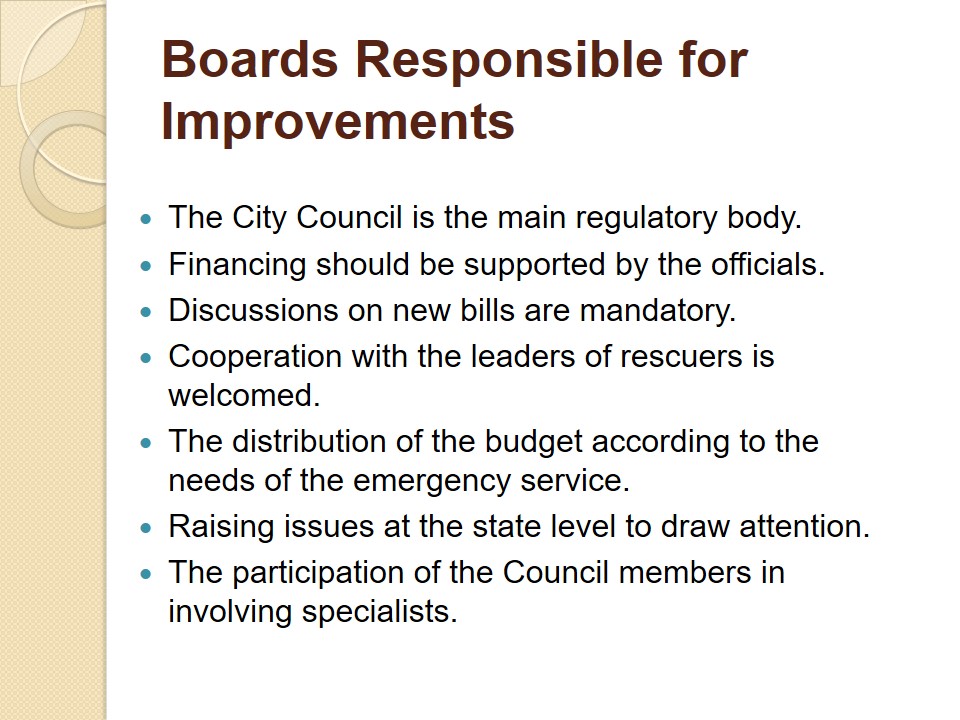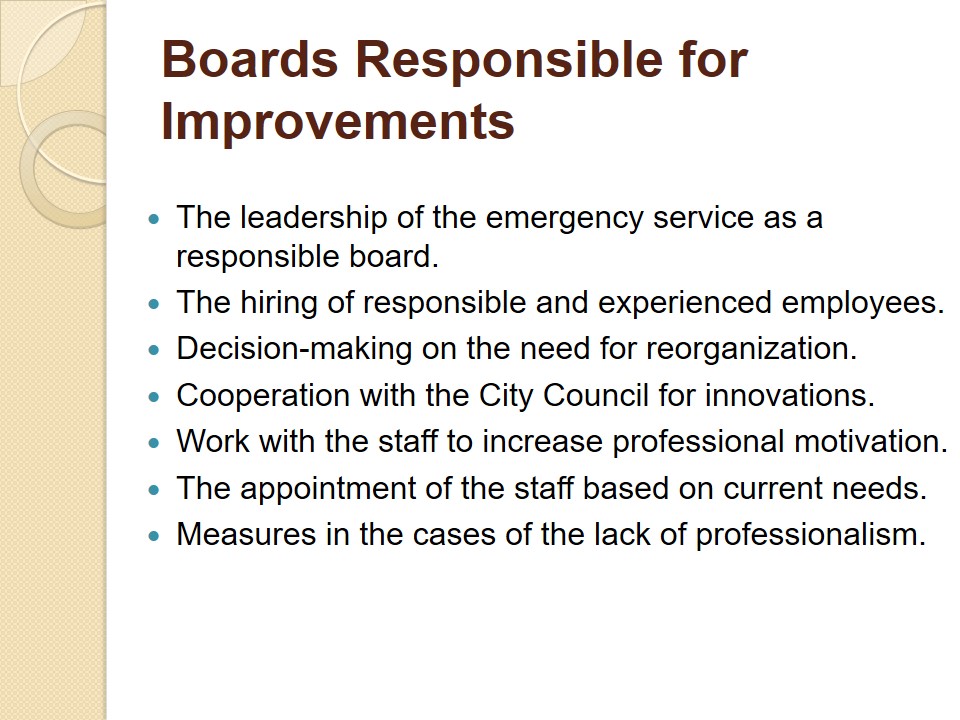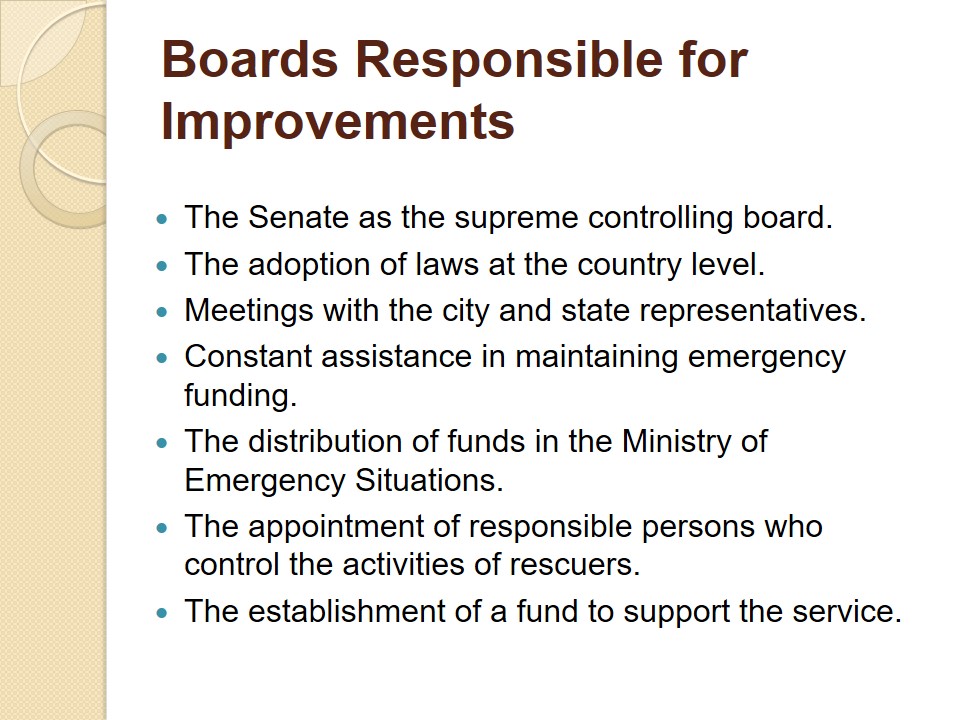Introduction
- Floods on October 30th, 2013 were disastrous.
- The territory of central Texas was flooded.
- More than 660 emergency calls were received.
- 5 people lost their lives during the flood.
- Emergency telephone lines were overwhelmed with calls.
- Panic and fear were the causes of calls.
- In total, 533 calls from homeowners were received.
The catastrophic consequences of the devastation in Central Texas and, in particular, in the city of Austin, were caused by flooding. The private property of many people suffered from the disaster, and a large number of people were forced to leave their homes. However, there were casualties, and colossal losses were received because of the catastrophe. Emergency workers received hundreds of calls, which led to the overload of communication lines, and many people could not get help for various reasons, including panic, bad communication, rash actions, and other reasons.

Factors Affecting Response Failure
- Panic was one of the reasons for response failure.
- Homeowners unreasonable actions were fraught with additional difficulties.
- The fear of the disaster caused rash actions.
- People were lost in situations when it was necessary to make quick decisions.
- The operators of the rescue service could not receive full information.
- Not all the residents could cope with panic.
- Some people were not ready for a major disaster.
- The insufficient preparedness of the rescue service operators.
- Inability to maintain a conversation with citizens.
- The lack of experience of some rescue personnel.
- Too high a rate of calls and nervous tension.
- The interruption of conversations on the initiative of operators.
- The incorrect use of psychological support skills.
- The statistical indicators of the response time decreased.
- Too a fast rate of flooding was unexpected.
- The unpreparedness of rescuers to evacuate people was obvious.
- The norm of precipitation became catastrophic in a few hours.
- The streams of water slowed down the time of rescuing.
- Many victims were trapped in their homes.
- The resources were not used effectively.
- Some areas were not evacuated timely to prevent casualties.
- The authorities’ insufficient attention to the training of operators.
- The statistical indicators of response time are deteriorating.
- Many people’s dissatisfaction with operators’ work.
- The discussion of specialists’ activities should be at the state level.
- Measures to train the operators of the rescue service.
- Legislative acts concerning the work of specialists.
- Additional measures to increase the staff number.
- Some officials’ reluctance to increase the staff.
- The lack of funds to finance additional jobs.
- Concomitant problems (the shortage of specialists).
- The discontent of operators themselves with the current indicators.
- Cutting the budget for financing the emergency service.
- A targeted ban on providing money sponsorship.
- The evaluation of the work of operators is ambiguous.
Panic was one of the main reasons that prevented normal communication among residents and rescuers. The unreasonable actions of some townspeople led to additional challenges, and communication lines could not cope with the increasing flow of callers. People in an emergency sometimes behave illogically, which may have caused the misunderstanding of the situation and the inability to make the right decisions under the influence of fear.
Some operators of the rescue service who received calls could not properly build a dialogue and stay on the line. Despite the assurances of the local chief that all the employees are were trained, the wrong actions of the operators were noted in different cases. As the statistics show, response rates have decreased, and this parameter is critical since much depends on how quickly rescuers can react to calls. Therefore, many people accuse operators of insufficient qualification and preparedness.
Too fast flooding of Austin streets with water became one of the factors that made rescue operations difficult. The residents of some houses were completely cut off from the outside world, which, in turn, led to panic and unreasonable actions. Rescuers did not expect such a scale of the disaster, and unpreparedness was traced in the actions of operators. The evacuation was difficult, which caused even greater destruction.
Based on the feedback, many residents are dissatisfied with the work of rescue operators, and additional measures should be taken to prepare them. In the country’s legislation, there are not enough justifications for providing the comprehensive analysis of the competence of such specialists. The number of employees in this profession and, in particular, in Austin, may be increased so that as many people as possible could receive the fastest possible response and help from professionals.
Some representatives of the City Council are not ready to provide Austin’s emergency service with enough funding to increase the staff. This inaction is fraught with dangerous consequences, and the flood case is the example of inefficient work with regard to personnel policy. The operators of the rescue service are dissatisfied with the indicators that have become public data. However, before that, $ 70,000 was cut from the emergency funding budget, which was a fatal measure.
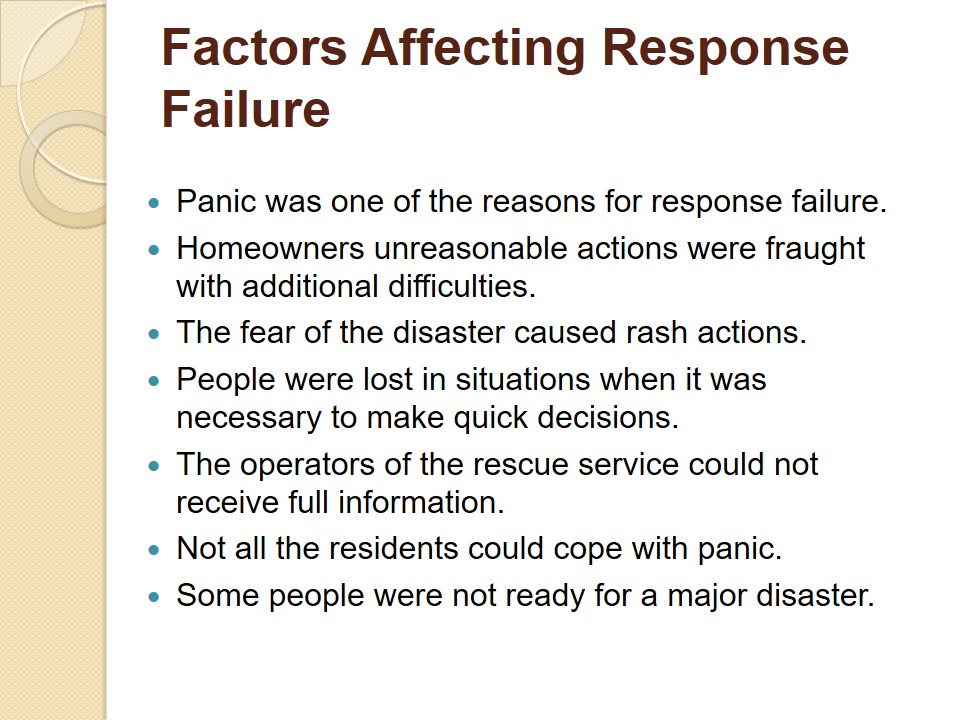
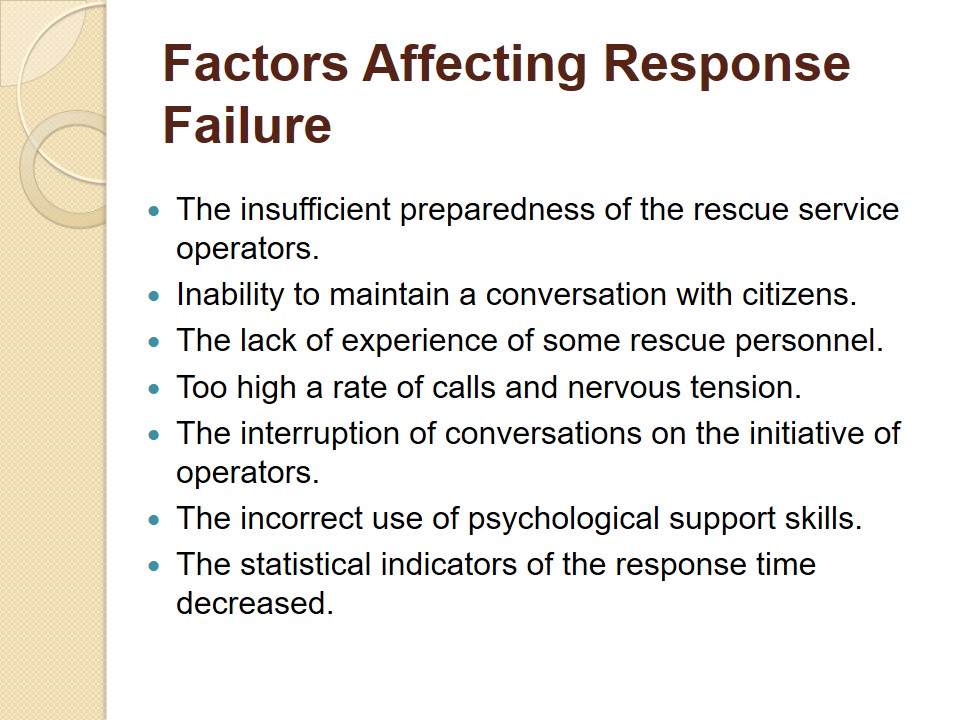
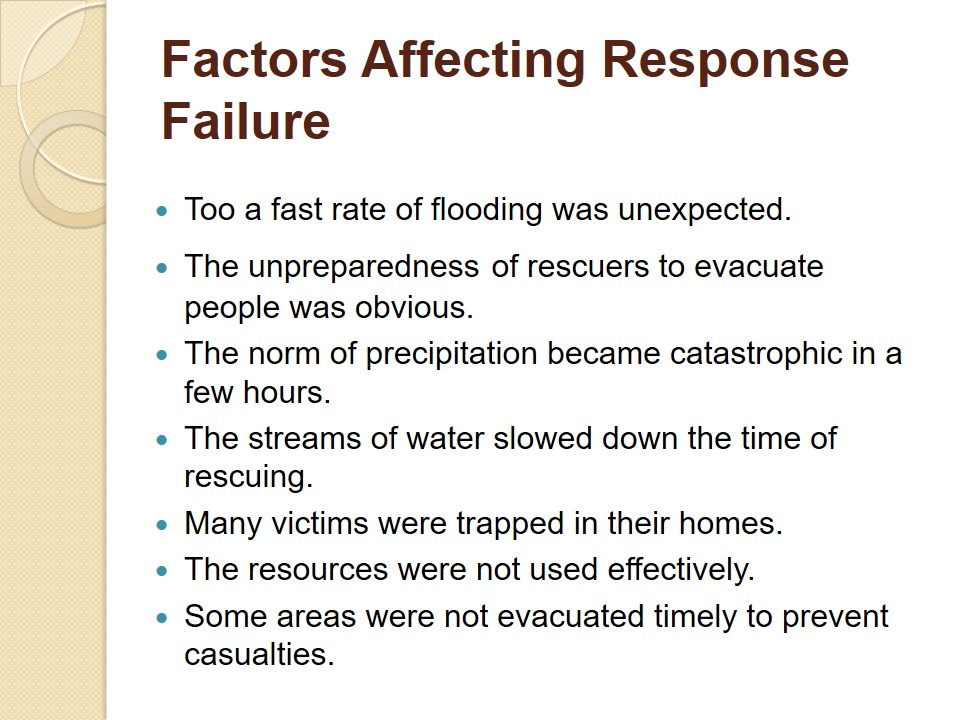
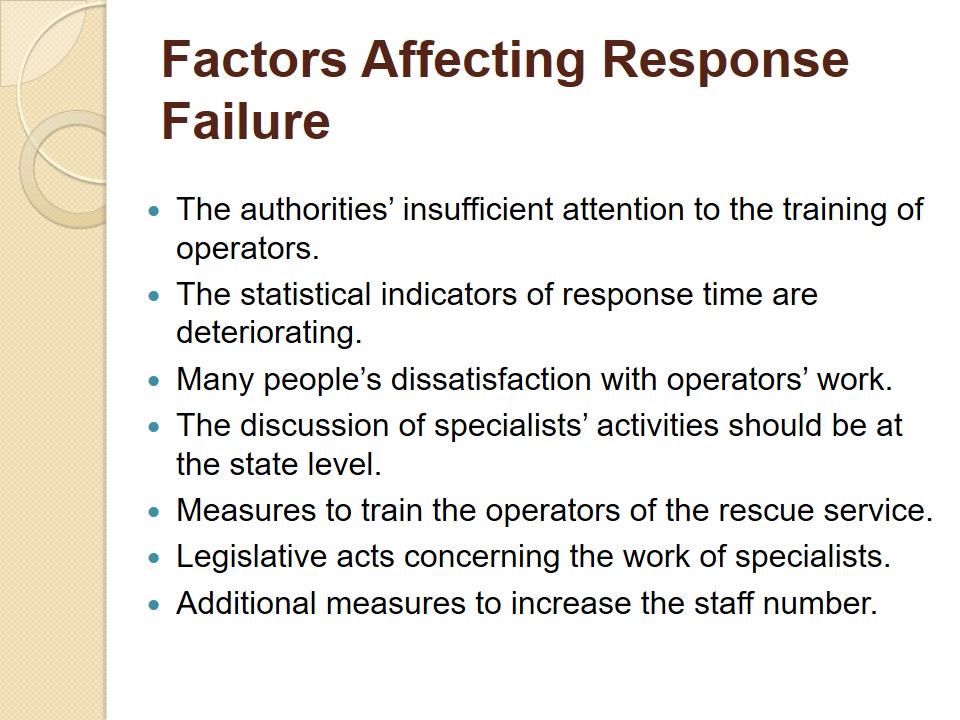
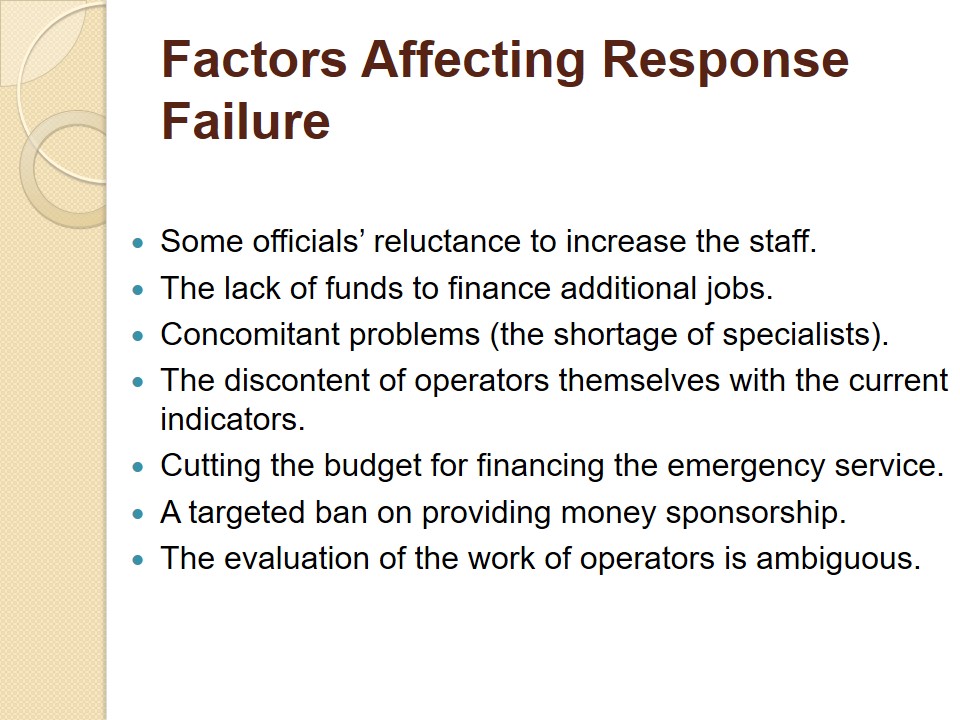
Measures to Improve the Response
- Work with the public to prevent panic.
- Conversations with the representatives of the city’s emergency service.
- Television stories about actions in case of disasters.
- The availability of special places for evacuation.
- Teachings aimed at training activities of the population.
- Family-oriented education regarding the right actions.
- The use of all possible resources for self-help.
- The preparation of operators aimed at quick answers.
- Additional and constant training of inexperienced employees.
- The importance of responding quickly to calls.
- An ability to maintain a conversation without panic.
- Improving statistics by increasing the staff motivation.
- Relieving nervous tension through psychological help.
- Constant checks of specialists’ qualifications and knowledge.
- To foresee the potential danger of catastrophes.
- The constant readiness of operators in case of threats.
- Uninterrupted and constant contact with the victims.
- An ability to contact rescue teams as quickly as possible.
- Quick orientation in a situation for prompt help.
- Quality communication to avoid breaks and failures.
- The knowledge of possible actions in case of unforeseen situations.
- The careful professional training of operators.
- Striving for achieving better response time.
- A possibility to prove the professionalism of the emergency service staff.
- The involvement of officials to discuss issues.
- Effective training courses for the service specialists.
- The adoption of relevant legislative decisions regarding the rescue service.
- The engagement of new experienced employees.
- Officials should be aware of the consequences of reluctance.
- Financing is to be allocated from the city budget.
- New vacancies should be offered to operators.
- The Council has to allocate money to support the emergency service.
- Operators’ work should be evaluated by competent persons.
- Appropriate decisions are to be made among all Council members.
- The items of expenditure should include training.
In order to improve the response of the emergency service, it is essential to carry out preparatory work with the population. Panic is unacceptable, and city residents should be prepared for emergency situations and be aware of the procedure. All family members should know how to tell a rescue operator about the problem and formulate it clearly. Teachings may help to exclude panic and achieve the right actions of people during disasters to prevent destroying consequences and casualties.
Rapid responses are the indicator of the professionalism of emergency personnel, and constant training and exercises may be useful to improve this parameter. Also, additional work should be done with inexperienced specialists to increase their level of knowledge. The motivation of rescue personnel is a crucial factor, and all employees should be ready to provide necessary assistance, including psychological support. An ability to relieve tension and, at the same time, provide real help is the indicator of the emergency worker’s professionalism and the quality of his or her activity.
In case the operators of the rescue service will know about the forthcoming threats of natural disasters in advance, they will be better prepared to respond to a large number of calls. It is essential to have uninterrupted contact with victims in order to help them navigate in any given situation. Employees should be prepared for different cases to notify people about the necessary algorithm of actions and not to allow panic. Communication with rescue teams should be stable to report all possible changes.
The training of operators working in the emergency service should take place in strict accordance with job descriptions. Employees should be eager to see that people are aware of the results of the work done and trust specialists. As additional measures, the involvement of the representatives of the authorities in the discussion of topical issues should take place. As a consequence, important decisions may be taken to ensure that as many professionals as possible could receive a job in the emergency service of the city.
In case the representatives of the City Council do not understand the consequences of inaction regarding the work of the emergency service, effects may be tragic since a new catastrophe can lead to even more casualties. The recruitment of new employees should be encouraged, and funds are to be allocated for the training of professional operators. To avoid prejudice, competent authorities may be engaged in evaluating the work of rescue specialists. Stable financing is the key to the successful operation of all divisions.
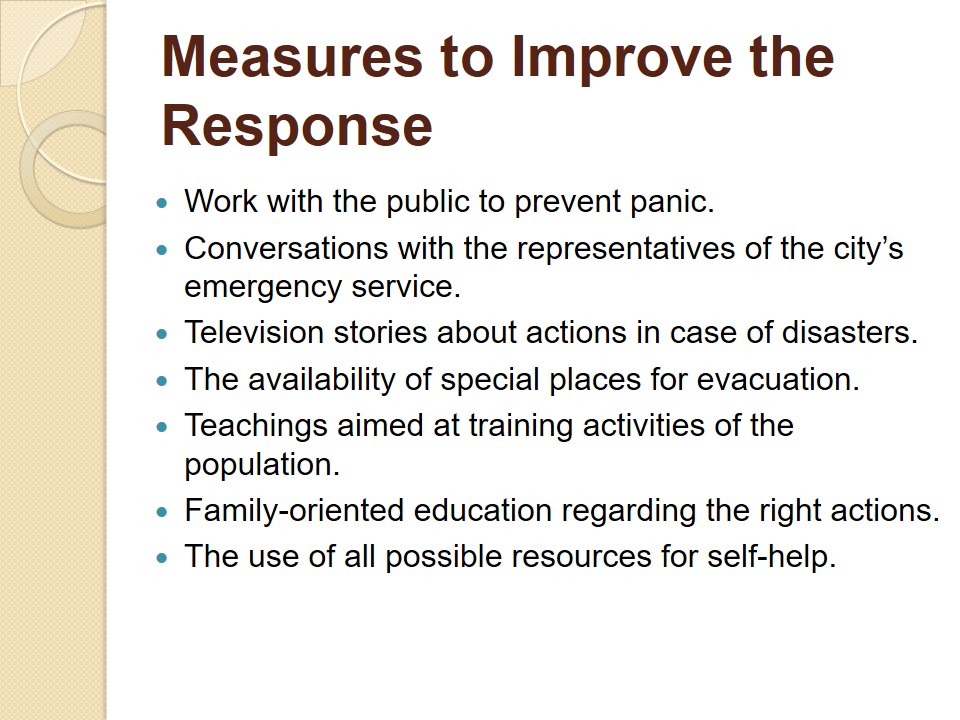
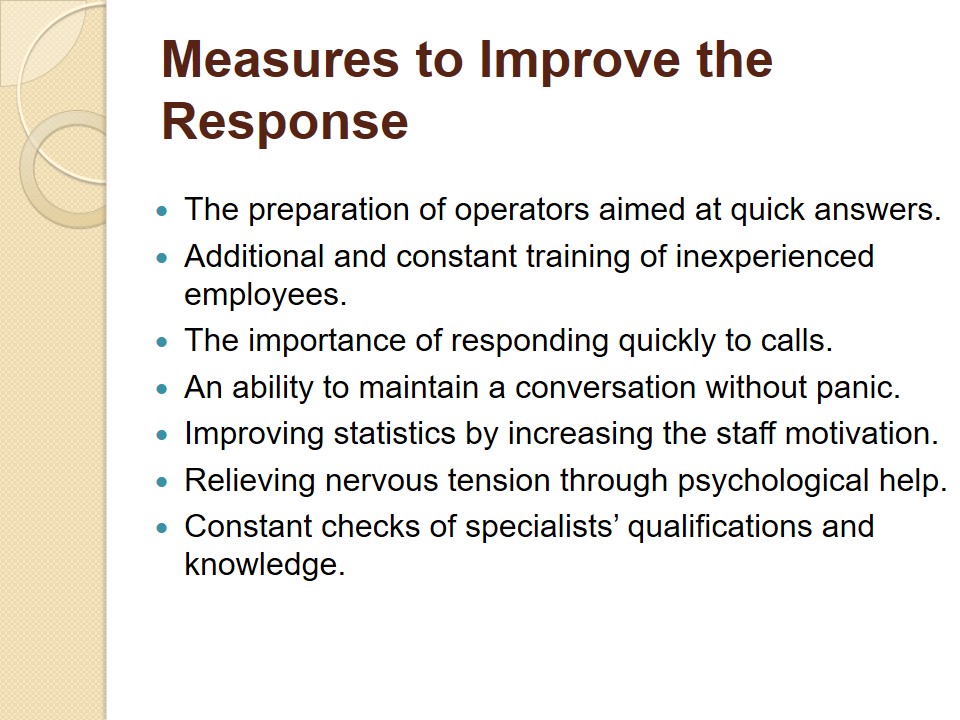
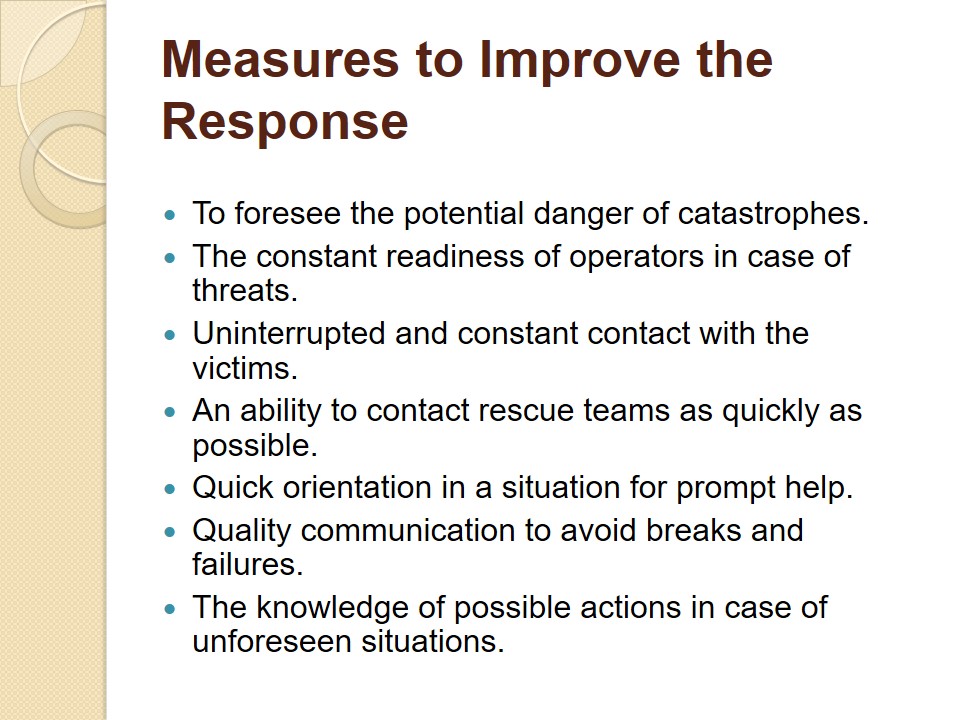
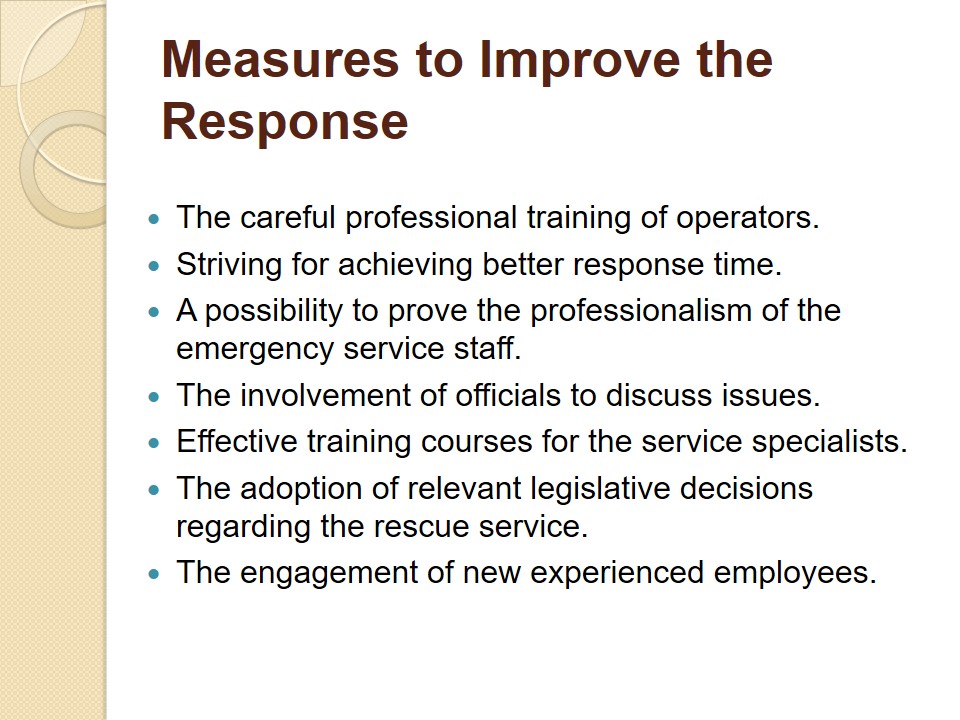
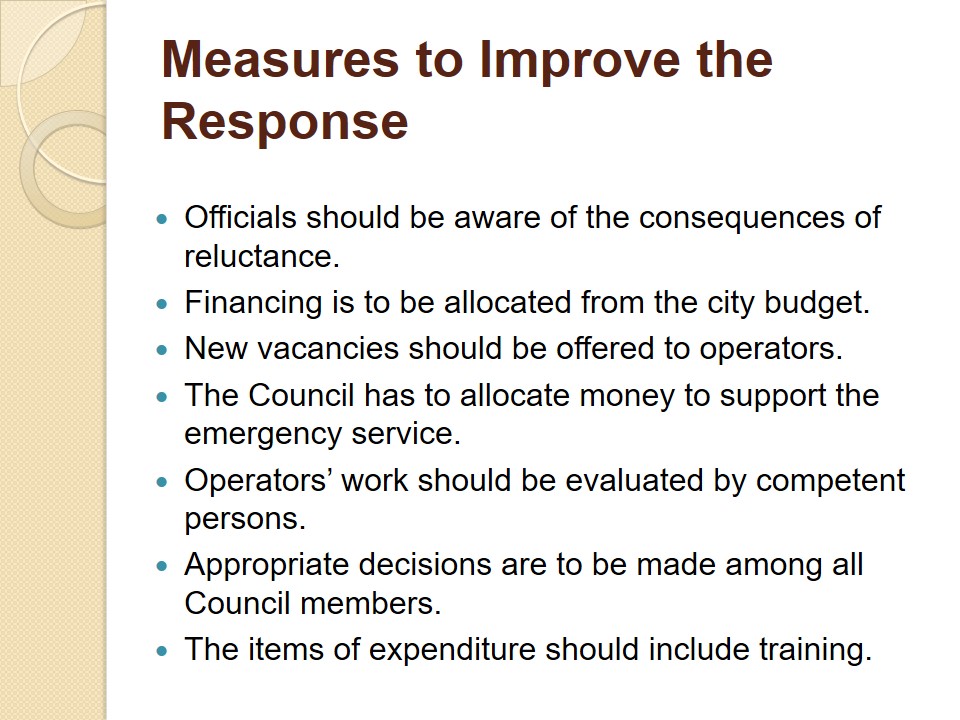
Boards Responsible for Improvements
- The City Council is the main regulatory body.
- Financing should be supported by the officials.
- Discussions on new bills are mandatory.
- Cooperation with the leaders of rescuers is welcomed.
- The distribution of the budget according to the needs of the emergency service.
- Raising issues at the state level to draw attention.
- The participation of the Council members in involving specialists.
- The leadership of the emergency service as a responsible board.
- The hiring of responsible and experienced employees.
- Decision-making on the need for reorganization.
- Cooperation with the City Council for innovations.
- Work with the staff to increase professional motivation.
- The appointment of the staff based on current needs.
- Measures in the cases of the lack of professionalism.
- The Senate as the supreme controlling board.
- The adoption of laws at the country level.
- Meetings with the city and state representatives.
- Constant assistance in maintaining emergency funding.
- The distribution of funds in the Ministry of Emergency Situations.
- The appointment of responsible persons who control the activities of rescuers.
- The establishment of a fund to support the service.
As the main board regulating the work of the emergency service of Austin, the City Council should be considered. The representatives of the local authorities may distribute funds in accordance with the needs of rescuers and discuss possible legislative projects that can influence the work of specialists positively. In the future, the consideration of topical issues is acceptable at the state level in order to attract attention to the most severe problems.
The city’s emergency service may act as another responsible board that controls the work of operators and other professionals related to the protection of the population. The hiring of personnel is a crucial mission, and the appointment of the staff to certain roles is based on the current situation. Interaction with the City Council is mandatory since all important decisions are taken at the level of the local authorities exclusively. If there is the lack of professionalism among employees, the management can take measures to retrain the staff.
The Senate may be the supreme authority that controls all the activities of the Ministry of Emergency Situations and, in particular, the rescue service. At the state level, relevant laws may be adopted, and cooperation with representatives of city councils and the state can be maintained. To support the work of rescuers, aid funds can be created where the budgetary money will be allocated. As a result, the Senate will control all the costs and track the results of the work done.
